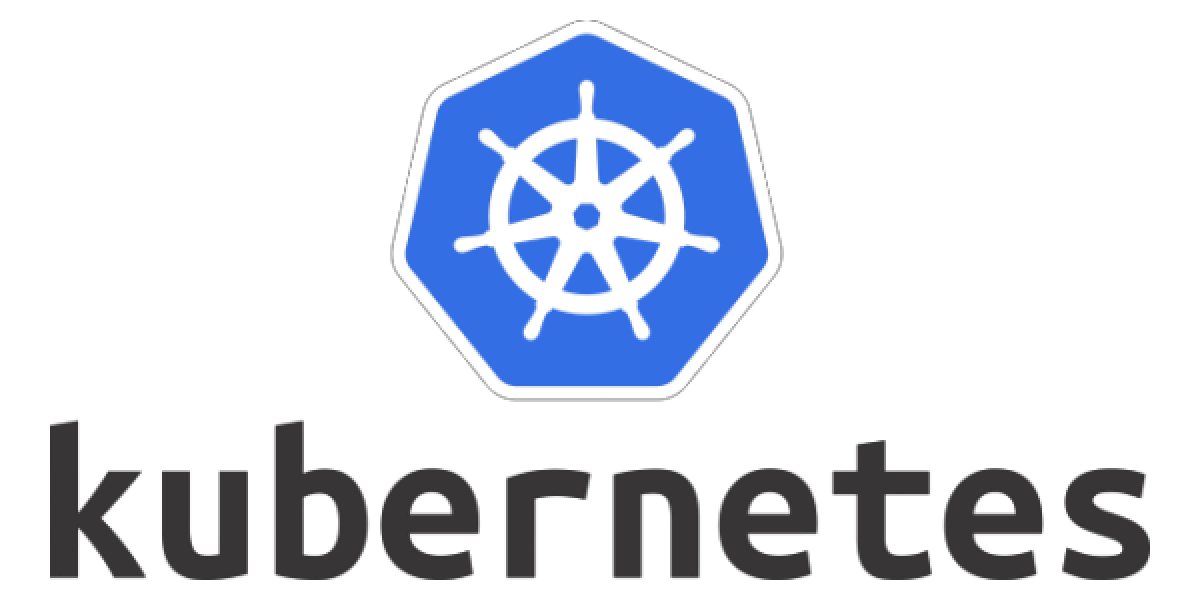While it is not easy to understand all of them, at least for me right now, it is important to have a list that we can access easily, and thanks to CloudNative-PG documentation, we have this list:
| Resource | Description |
| Node |
A node is a worker machine in Kubernetes, either virtual or physical, where all services necessary to run pods are managed by the control plane node(s). |
| Pod |
A pod is the smallest computing unit that can be deployed in a Kubernetes cluster and is composed of one or more containers that share network and storage. |
| Service |
A service is an abstraction that exposes as a network service an application that runs on a group of pods and standardizes important features such as service discovery across applications, load balancing, failover, and so on. |
| Secret |
A secret is an object that is designed to store small amounts of sensitive data such as passwords, access keys, or tokens, and use them in pods. |
| Storage Class |
A storage class allows an administrator to define the classes of storage in a cluster, including provisioner (such as AWS EBS), reclaim policies, mount options, volume expansion, and so on. |
| Persistent Volume |
A persistent volume (PV) is a resource in a Kubernetes cluster that represents storage that has been either manually provisioned by an administrator or dynamically provisioned by a storage class controller. A PV is associated with a pod using a persistent volume claim and its lifecycle is independent of any pod that uses it. Normally, a PV is a network volume, especially in the public cloud. A local persistent volume (LPV) is a persistent volume that exists only on the particular node where the pod that uses it is running. |
| Persistent Volume Claim |
A persistent volume claim (PVC) represents a request for storage, which might include size, access mode, or a particular storage class. Similar to how a pod consumes node resources, a PVC consumes the resources of a PV. |
| Namespace |
A namespace is a logical and isolated subset of a Kubernetes cluster and can be seen as a virtual cluster within the wider physical cluster. Namespaces allow administrators to create separated environments based on projects, departments, teams, and so on. |
| RBAC |
Role Based Access Control (RBAC), also known as role-based security, is a method used in computer systems security to restrict access to the network and resources of a system to authorized users only. Kubernetes has a native API to control roles at the namespace and cluster level and associate them with specific resources and individuals. |
| CRD |
A custom resource definition (CRD) is an extension of the Kubernetes API and allows developers to create new data types and objects, called custom resources. |
| Operator |
An operator is a custom resource that automates those steps that are normally performed by a human operator when managing one or more applications or given services. An operator assists Kubernetes in making sure that the resource's defined state always matches the observed one. |
| kubectl |
kubectl is the command-line tool used to manage a Kubernetes cluster.
|

